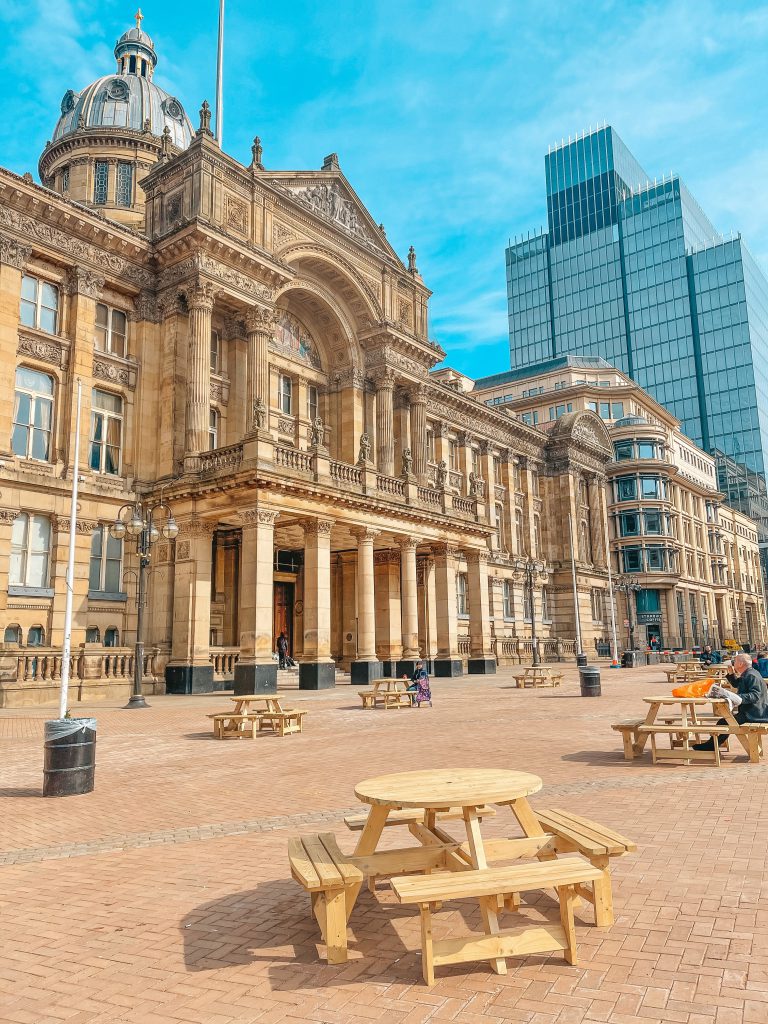Snuggled in the heart of England, Birmingham's tale is among durability, innovation, and a relentless spirit that has formed it right into the diverse and dynamic city it is today. Join us on a journey through time as we check out the abundant history that has molded Birmingham from a commercial powerhouse to a vivid metropolitan areas of social value.
The Industrial Change:
Birmingham's journey starts with the throes of the Industrial Transformation in the 18th century. Fueled by the abundance of natural resources, particularly coal and iron ore, the city emerged as an industrial hub. Advancements in manufacturing, such as James Watt's heavy steam engine and Matthew Boulton's Soho Factory, drove Birmingham into the center of industrial progress. The city's metalworking prowess earned it the tag "City of a Thousand Trades."
The Lunar Society: An Event of Minds:
At the heart of Birmingham's intellectual ferment throughout this period was the Lunar Society, a group of forward-thinking individuals that consisted of Matthew Boulton, James Watt, Josiah Wedgwood, and Erasmus Darwin. This collective of scientists, designers, and manufacturers fulfilled frequently to exchange concepts, leading the way for technologies that would leave an enduring mark on the commercial landscape.
Canals and Trains: A Network of Connectivity:
Birmingham's tactical area at the heart of England's canal network and its later assimilation into the burgeoning train system more solidified its function as an industrial giant. These transportation networks assisted in the activity of products and people, driving Birmingham right into an era of extraordinary economic growth and success.
The Jewelry Quarter: Crafting Excellence:
The 19th century saw the development of Birmingham's renowned Jewellery Quarter. Home to a wide variety of knowledgeable craftsmen and artisans, this district came to be synonymous with precision and craftsmanship. The legacy of this age is visible today in the historical structures and prospering jewelry organizations that continue to run in the location.

World Battles and Post-War Improvement:
Birmingham, like numerous commercial cities, played a vital role throughout both World Battles, contributing substantially to the battle initiative. The post-war duration Birmingham produced a transformative era for Birmingham. The city underwent reconstruction and redevelopment, welcoming modernist style and urban planning concepts. This period laid the foundation for the city's contemporary landscape.
Cultural Diversity and Urban Renaissance:

In current decades, Birmingham has actually experienced a renaissance that expands beyond its industrial roots. The city has actually become a thawing pot of cultural diversity, with a flourishing arts scene, lively neighborhoods, and an abundant tapestry of communities. The Bullring, as soon as a historical market site, has actually transformed right into a modern-day buying and entertainment complex, signifying Birmingham's capacity to mix its heritage with modern aspirations.
Education and learning and Development:
Birmingham's dedication to education and technology is evident in its first-rate institutions and research centers. The College of Birmingham, established in the early 20th century, stands as a testament to the city's devotion to intellectual searches. The city continues to be a center for scientific and technical advancements, promoting advancement and research study.
In conclusion, Birmingham's background is a testament to its ability to adjust, innovate, and accept change. From the clangorous forges of the Industrial Revolution to the dynamic social center it is today, Birmingham's story is a tale of strength and evolution. As the city continues to redefine itself in the 21st century, it remains a dynamic and diverse metropolis that honors its past while strongly entering the future.